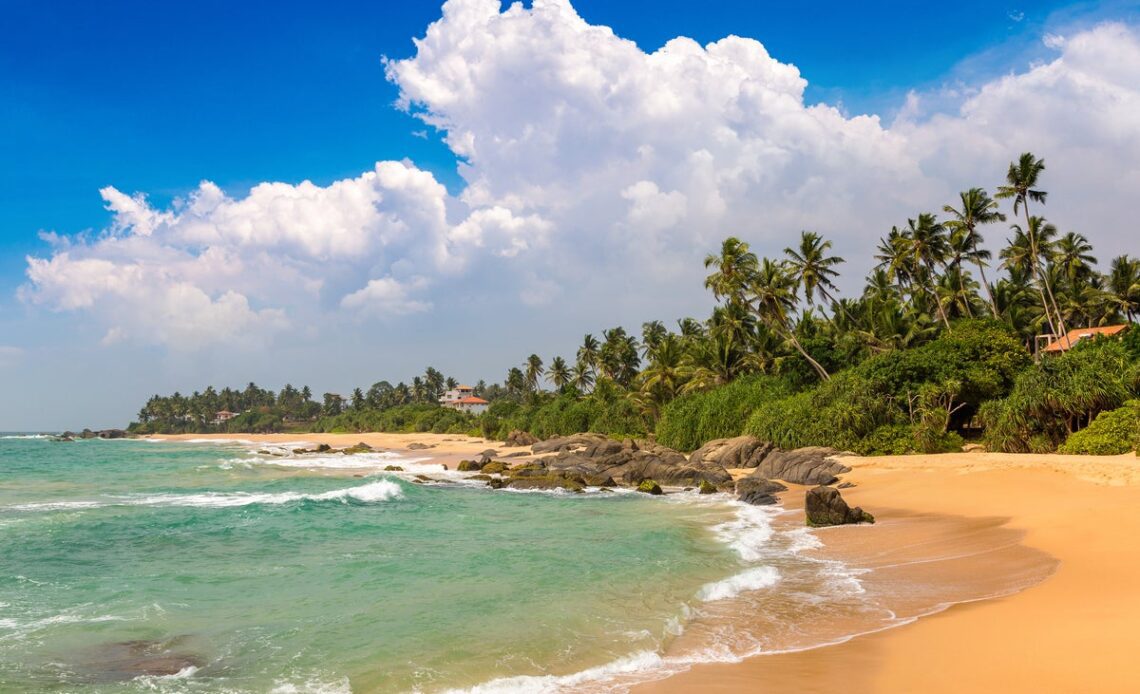Beaches, elephants, tea plantations, curries, sacred rituals, colourful ceremonies, and warmly welcoming people: Sri Lanka is south Asia in miniature. Hailed as the “Pearl of the Indian Ocean” and the “Teardrop of India”, this ancient island nation has long been celebrated – and coveted – for its abundant landscapes, strategic significance, and rare beauty.
Thankfully, despite years of unrest and strife, Sri Lanka’s past is remarkably well preserved. From Victorian-era colonial clubs to centuries-old Buddhist temples, layer after layer of Sri Lankan history is within reach. Its natural heritage is rich, too. Ten national parks provide sanctuary for sloth bears to sambars, leopards to lorises, and of course plenty of elephants. For such a small island (roughly the size of Ireland), the diversity here is striking – you can climb mist-robed mountains, surf silvery shores, trek through abundant jungle, all in the same day.
Sri Lanka’s cities have that frenetic, cheerful chaos common to Asian cities, whether it’s Colombo’s colonial grandeur or Kandy’s exalted lakeside lifestyle. Either way, the coast’s serenity is never far, with some of the finest beaches in the world ready to embrace you: champagne-coloured sand, palms in regal repose, and the tropical waters of the Indian Ocean.
Current travel restrictions and entry requirements
The Department of Immigration and Emmigration has introduced an online embarkation form, which will replace the paper embarkation card. Foreign nationals can complete the online form three days prior to arrival in Sri Lanka. The service is free of charge. All visitors are advised to apply online for an Electronic Travel Authorisation (ETA) to enter Sri Lanka; you can apply for on the ETA website. This can be done upon arrival, but it’s much simpler to do in advance.
All Covid-19 requirements have been lifted for entering Sri Lanka.
As entry requirements are liable to change, check before any travel for updates.
Colombo might be crowded but it also offers history, culture, and excellent food
(Getty Images/iStockphoto)
Best time to go
It depends on what you’re looking for. Thanks to its dual monsoon pattern, December-April tends to be best for beaches and wildlife excursions on the south and west of the island, while the dry months of May-September unlock access to the north and east.
Read…
Click Here to Read the Full Original Article at The Independent Travel…
